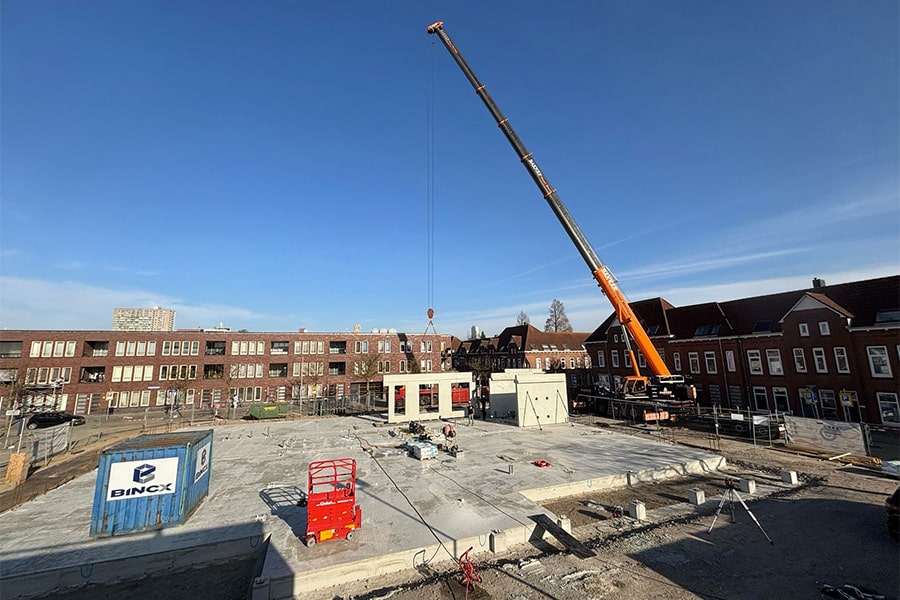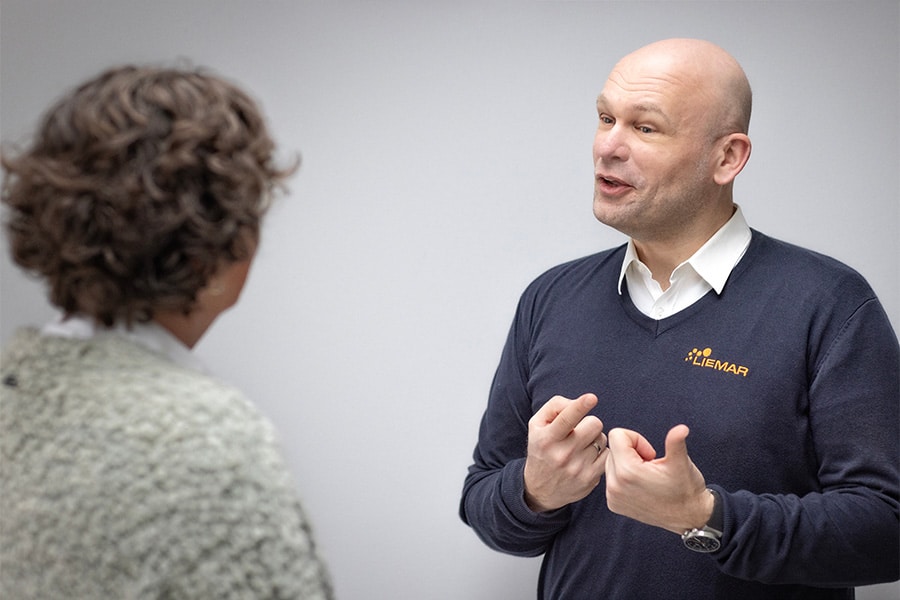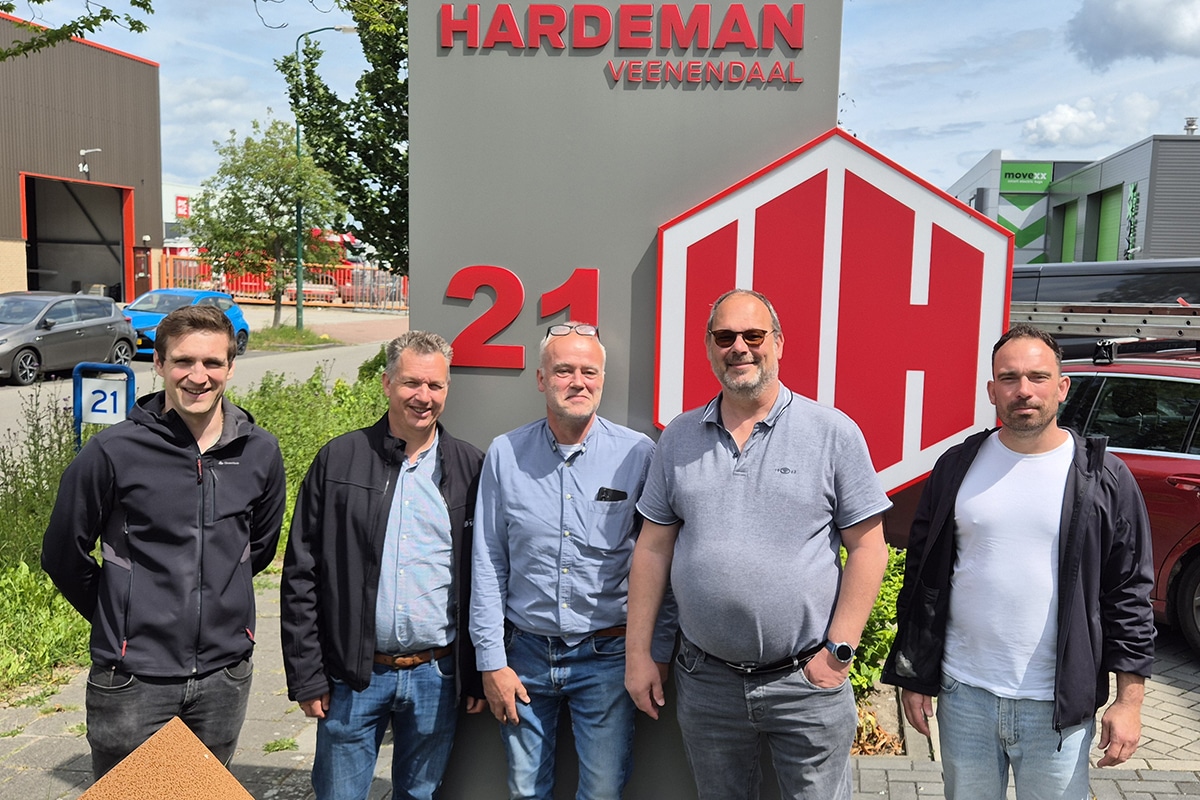
One-stop shop for galvanizing and powder coating of (construction) steel
With four locations, Rotocoat is one of the largest galvanizers and coaters in the Netherlands. The combination of galvanizing and coating on one site (duplex system) makes the company a one-stop-shop for the preservation of (construction) steel. And this is being eagerly used in the market. An interview with operations director Gerlof Koster about the huge investments Rotocoat has made in recent years in making its internal processes more sustainable.
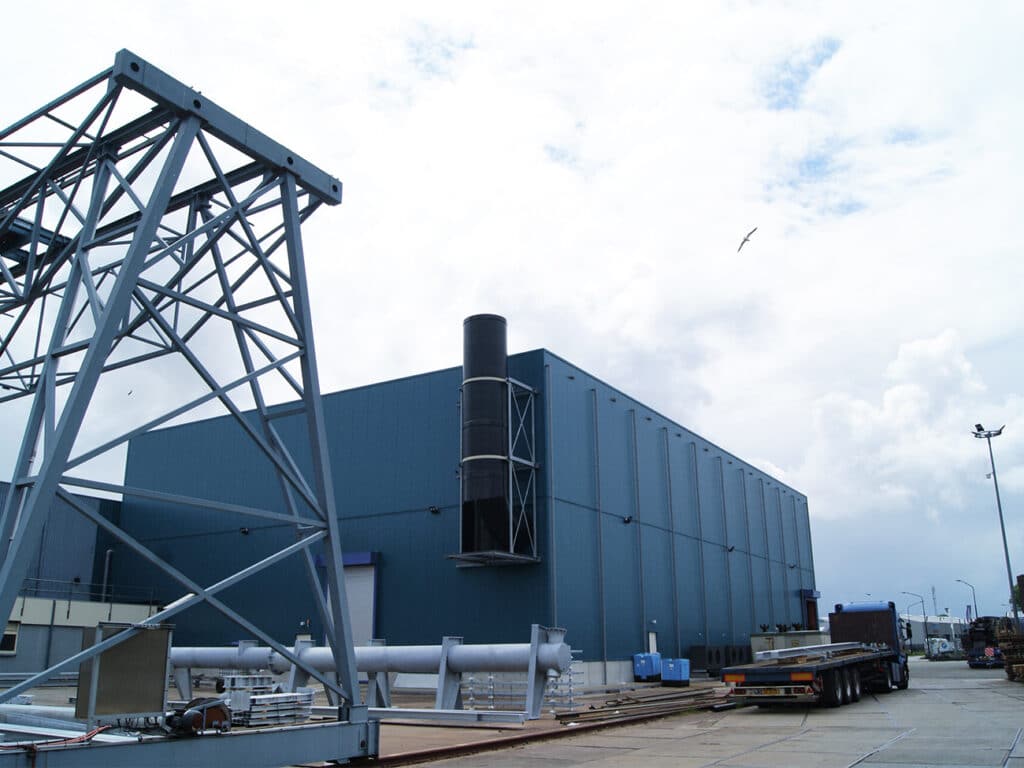
In the world of surface treatment, Rotocoat is a renowned name. "Around 400 employees work at our four locations in Kampen, Wolvega, Dieren and Heerhugowaard," says Koster. "They work daily with the most advanced equipment. In fact, our oldest locations - Wolvega and Heerhugowaard - have had a thorough 'refit' and expansion. In Wolvega we are now able to coat 400,000 m2 annually, fully automated and linked to the ERP system. The refit of Heerhugowaard, our construction galvanizing plant with the longest bath (25 meters) in the Netherlands, has just been completed."
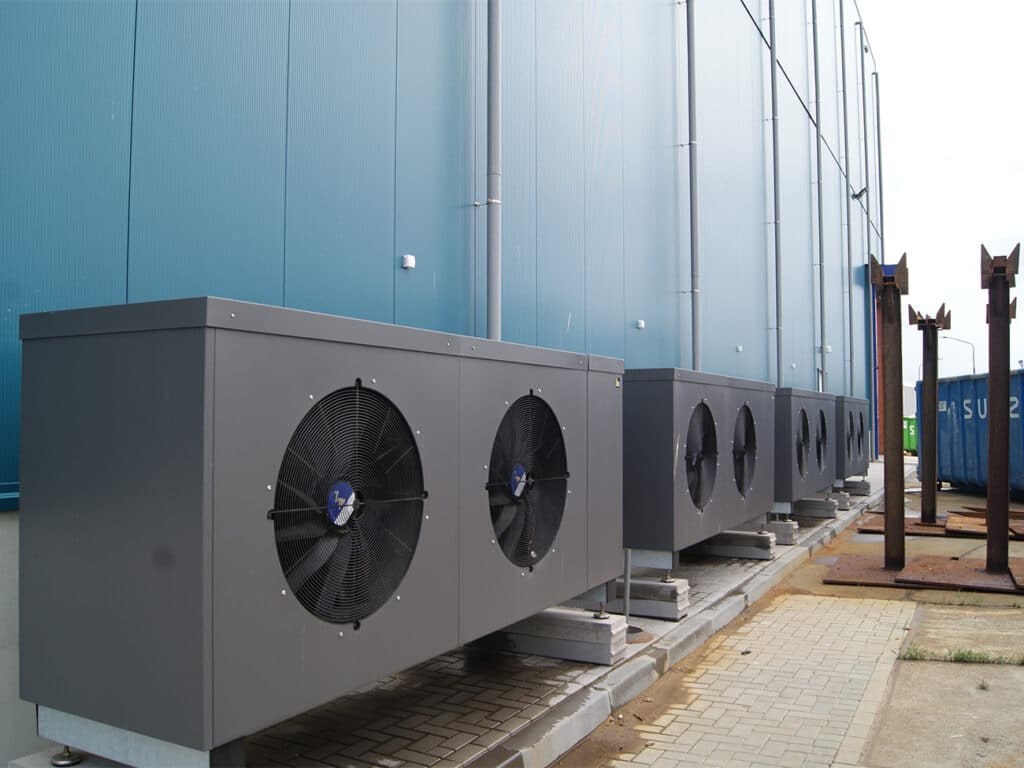
7 million euros
Over 7 million euros has been invested by Rotocoat in the plant in Heerhugowaard. "For example, we replaced a large number of crane tracks and installed a new exhaust hood, but the biggest update is in the complete new building for the chemical pretreatment and the new zinc kiln," Koster explains. "So we deliberately split off the chemical pretreatment from the galvanizing plant. In the new 50-by-40-meter hall, there are pickling baths 25 meters long. That means we no longer have to double dip long material here. The plant is absolutely state-of-the-art, also in terms of energy supply. Instead of natural gas, the baths are now heated with heat pumps that again run on green electricity. We have also invested in a new zinc furnace that is already prepared for an alternative energy source. Unfortunately, the grid operator cannot yet provide us with the required power, but once it does, we can switch to electricity or possibly hydrogen relatively easily. The new zinc furnace is more than 20 percent "more economical" and the first to be supplied in this way in Europe. We use an ingenious system in which the air at the gas burners is preheated with heat from the furnace. The drying oven also uses residual heat from the zinc kiln."
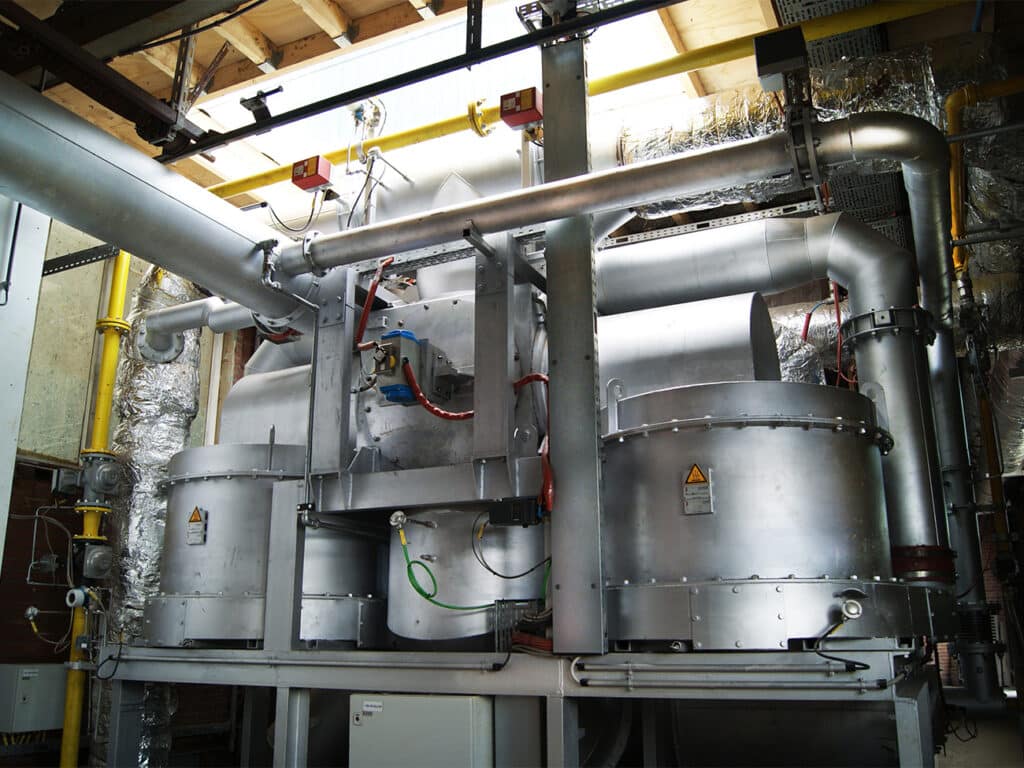
Long guarantees
Rotocoat is thus strongly committed to the themes of sustainability and circularity. The company is strong in the duplex system, or in other words: galvanizing in one hand, removing irregularities (called coating preparation) and electrostatic powder coating. It provides the most durable protection in the fight against corrosion of steel. The powder coating protects the zinc layer from external attack, and the zinc layer protects the steel from corrosion from the inside. "It results in a significantly longer duration of protection," Koster knows. "And because we offer it as a one-stop shop, we can also guarantee high quality and thus issue longer warranties with ease. We therefore see extreme growth in this form of preserving (structural) steel. At the end of its service life, we are also able to 'dezincify' the construction material. The zinc ashes and the hard zinc are recycled at a recycling company within our own group into 100 percent new zinc, which goes back onto the market as zinc rolls. Circularity at its finest."
And these are not the only steps Rotocoat has taken in the field of sustainability and circularity in the past year. Among other things, Rotocoat has set itself the ambition of being CO2 neutral by 2040 and the surface treatment company obtained the Cradle to Cradle Certified® Bronze certificate in April under the Zincular® trademark. Koster concludes, "We are on top of developments and are constantly looking at which techniques are interesting for us to invest in at the various locations."

